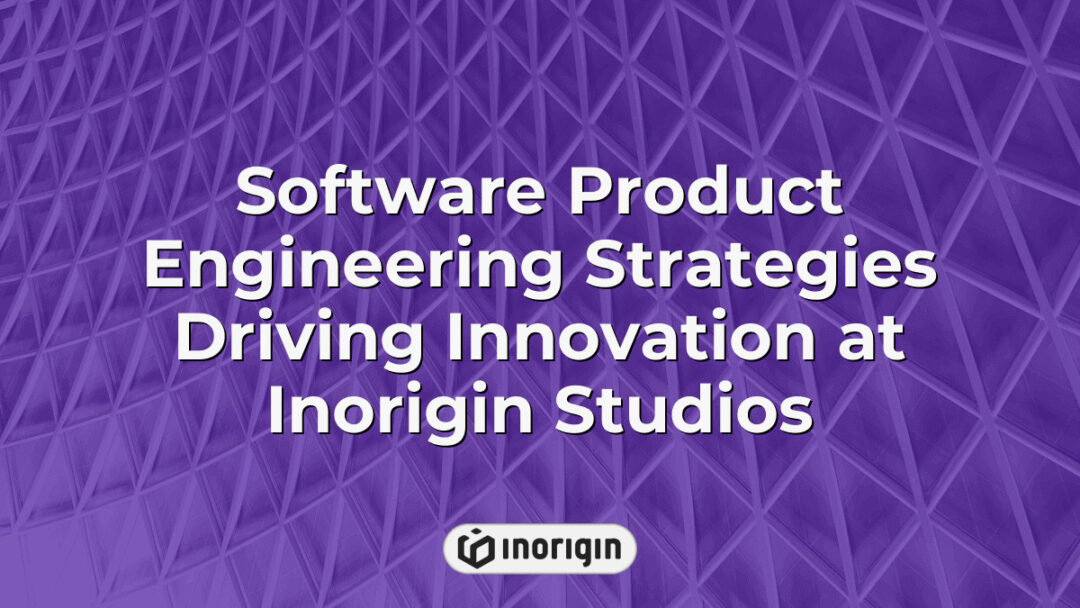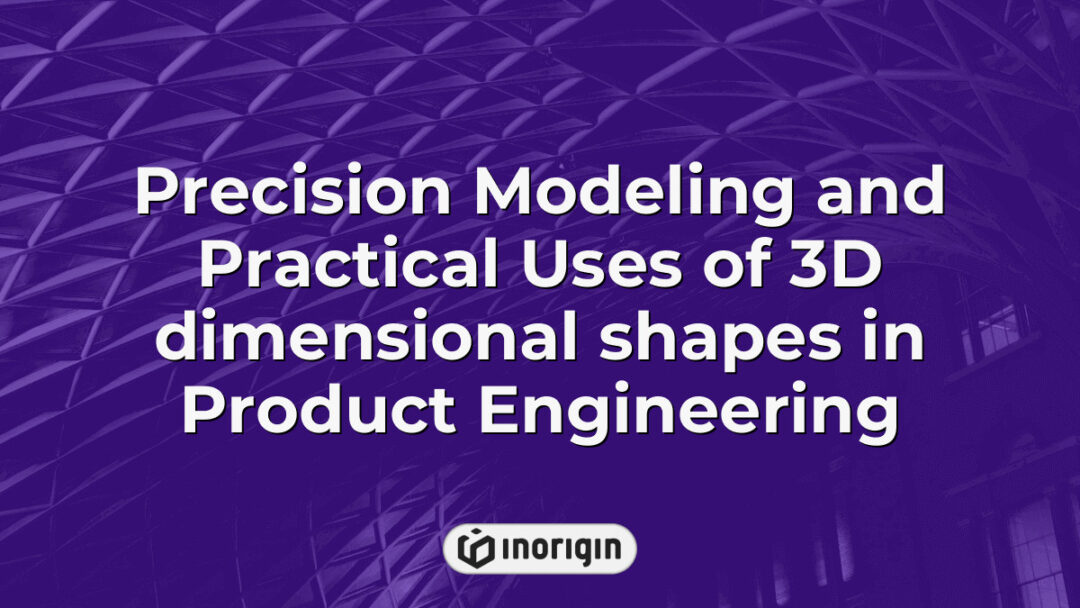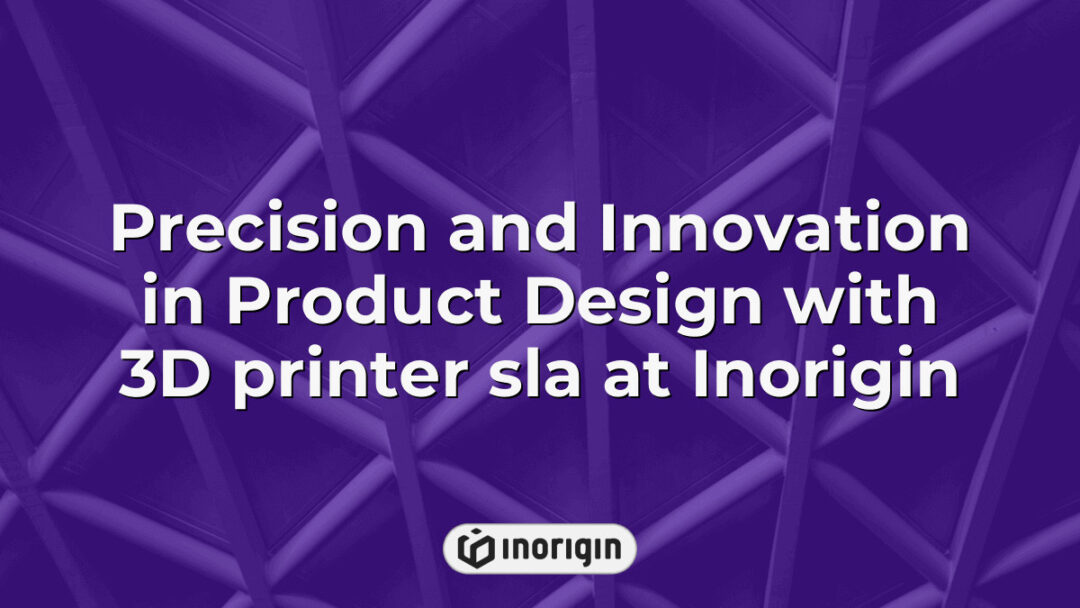In an era where software drives innovation at an unprecedented pace, the field of Software Product Engineering emerges as nothing short of a technological renaissance, revolutionizing the way digital solutions are conceptualized, developed, and deployed. As organizations increasingly rely on sophisticated software to meet the diverse and evolving demands of users, the intricacies of product engineering demand a meticulous and systematic approach. This multidisciplinary landscape amalgamates the principles of software development, product management, and user experience design, thereby creating a seamless synergy that not only enhances product functionality but also enriches user engagement. Understanding the fundamental aspects and methodologies of Software Product Engineering is crucial for stakeholders aiming to harness the full potential of software products in an ever-competitive marketplace.
| Aspect | Key Takeaway |
|---|---|
| Software Product Engineering | Software product engineering is a multidisciplinary approach that combines software development, product management, and user experience design to create innovative and user-focused digital solutions. |
| Development Lifecycle | The process follows structured stages including requirement gathering, design, development, testing, deployment, and maintenance to ensure quality and market readiness. |
| Team Collaboration | Effective cross-functional communication and clear role definitions within product engineering teams drive project success and enhance product viability. |
| Tools and Technologies | Leveraging cloud infrastructure, agile management tools, automated testing frameworks, and CI/CD pipelines optimizes efficiency and supports rapid iterations. |
| Industry-Specific Adaptation | Software product engineering practices are tailored to comply with regulations and address priorities unique to industries such as healthcare, finance, and retail. |
| Emerging Trends | Adopting innovations like serverless computing, microservices, and AI-driven testing accelerates development while balancing product complexity and quality. |
| Career Opportunities | The field offers diverse roles ranging from product management and development to specialized positions in DevOps and cloud engineering, supporting varied career growth. |
Key Principles of Software Product Engineering
The discipline of software product engineering demands a considerable degree of precision, particularly as studies indicate that 70% of software projects fail to meet their original objectives—whether due to budget overruns, missed deadlines, or unfulfilled user requirements. This underscores the necessity of adhering to key principles that govern both design and production-grade quality within the field. To illustrate, a fundamental element is the implementation of rigorous design specifications from the outset; by meticulously establishing clear requirements, teams can significantly mitigate the risks associated with scope creep, a common pitfall in software projects. Furthermore, continuous integration and testing play crucial roles in ensuring that the final product meets production-grade quality; engaging in frequent code reviews and automated testing regimes can identify deficiencies early, thus enhancing software reliability. As the engineering process progresses, embracing iterative development methodologies proves essential; they allow for incremental improvements based on user feedback, fostering adaptability within the ever-evolving technology landscape. A strong emphasis on collaboration among cross-functional teams cannot be overstated, as it facilitates a culture of shared understanding, ultimately driving the project’s success and enhancing the product’s market viability.
Stages of the Software Product Development Lifecycle
What mechanisms drive the stages of the software product development lifecycle? This question underpins the systematic progression through which software products evolve from conception to deployment. The lifecycle consists of several distinct stages, starting with the requirement gathering phase, where user needs and market demands are meticulously documented. Following that is the design stage, which articulates how the software will function and appear; this phase includes both architectural design and user interface specifics. Once a blueprint has been established, development exercises commence—coding various components while integrating them into a coherent whole. Testing then appears as a critical stage, aimed at identifying bugs and ensuring that the software meets predefined quality standards; this phase can involve unit, integration, and system testing techniques. After thorough validation, the deployment phase sees the software released into the market, often coupled with user training and support to facilitate smooth adoption. Additionally, the maintenance stage must not be overlooked, as it ensures software longevity and incorporates updates based on user feedback and evolving requirements. By understanding these interconnected stages, stakeholders can better navigate the complexities involved in software product engineering.
Roles and Responsibilities in Software Product Engineering Teams
In software product engineering teams, the delineation of roles and responsibilities is critical to achieving successful project outcomes. Generally, these teams comprise various stakeholders, each with specific duties that contribute to the overall design and testing phases. For instance, product managers typically spearhead the vision of a software product, liaising with development teams to ensure alignment with business objectives. On the other hand, software developers focus on building the core application, implementing features that are both functional and user-friendly. Quality assurance specialists then test these features thoroughly, identifying bugs and issues before the product reaches end-users. This collaborative effort across distinct roles is what allows for the effective execution of projects, enabling teams to harness diverse skill sets. In parallel, clear communication channels facilitate the exchange of ideas and feedback, fostering innovation and agility. Thus, the effectiveness of software product engineering hinges on the proper alignment of responsibilities and the seamless integration of design and testing throughout the development process.
Tools and Technologies for Effective Product Engineering
The domain of software product engineering is underpinned by an array of tools and technologies that facilitate the seamless progression from the stages of developing to deploying software products. In this context, modern organisations often resort to enabling solutions such as cloud services, which afford scalability and flexibility, significantly enhancing operational efficiency. Furthermore, the incorporation of agile methodologies, supported by tools like JIRA or Trello, streamlines project management and fosters collaborative environments among engineering teams, ultimately refining the process of delivering high-quality products. Transitioning towards automated testing frameworks, including Selenium or Jest, not only assures software integrity but also reduces the time allocated for manual intervention, thus optimizing deployment timelines. The integration of continuous integration and delivery (CI/CD) pipelines, such as Jenkins or GitHub Actions, functions as a linchpin in maintaining consistent updates and rapid iteration cycles. Emphasising the synergy between various tools and methodologies leads to a more coherent approach, resulting in better alignment with business objectives and user needs; thus, it renders a holistic perspective on the capabilities required for effective product engineering.
Trends and Innovations in Software Product Engineering
The landscape of software product engineering is undergoing a dynamic transformation, particularly with regard to startup speed and the capacity to handle complex products. One prevailing theory suggests that companies can achieve rapid development cycles through the integration of iterative processes and continuous feedback; however, empirical evidence sometimes contradicts this. For instance, while methodologies such as Agile and Scrum are lauded for their efficiency, they also introduce challenges regarding team communication and project scope, which can, paradoxically, lengthen development times if not managed effectively. Transitioning to cloud-based infrastructure and employing microservices can enhance the adaptability of software products, as these innovations facilitate scalability and modularity. Hence, trends such as serverless computing and API-first design are emerging as crucial drivers for accelerating product delivery without compromising quality. Additionally, the integration of artificial intelligence into testing and deployment processes is reshaping the engineering practices, allowing teams to focus their expertise on more strategic tasks rather than repetitive debugging or simple code integration.
A practical tip for software product engineers is to embrace these innovations while continually assessing their impact on both startup speed and the overall complexity of the products being developed; for example, automating parts of the testing process can save significant time but requires careful calibration to avoid introducing new layers of complexity that might slow down overall delivery. Engaging with feedback loops not just within the team but also from end-users ensures that the features being implemented genuinely address their needs, thus striking a balance between speed and functionality in the continuously evolving tech landscape.
Frequently Asked Questions
What are the common challenges faced during software product engineering?
Software product engineering encompasses a variety of processes that are essential for creating successful software solutions, yet it presents numerous challenges that can impede progress. First, managing project scope often leads to complications, as fluctuating requirements, stakeholder input, and unrealistic timelines can affect the overall direction. Second, team dynamics play a significant role in success; ineffective communication, differing priorities, and varying skill levels among team members can result in misunderstandings and delays. Third, technical challenges such as integration issues, legacy systems, and evolving technology can complicate the development process, demanding constant adaptations. As projects progress, unexpected bugs and quality assurance problems arise, requiring significant time and resources to address. Further complicating matters, the need for market alignment with consumer demands introduces another layer of difficulty, as companies jostle for competitive advantage in frequently shifting market landscapes. These intricacies highlight the multifaceted nature of software product engineering, where strategic planning and agile methodologies become essential. Handling these challenges effectively can lead to successful outcomes and innovations in software solutions.
How do different industries adapt software product engineering practices?
Different industries adapt software product engineering practices in varied ways, reflecting specific needs and contexts inherent to each sector. For instance, the healthcare industry heavily emphasises compliance with regulatory standards, such as HIPAA in the US or GDPR in Europe, which dictate how software systems are designed to protect patient data. Consequently, healthcare software development often integrates rigorous testing and validation processes, coupled with extensive documentation to ensure accountability. On the other hand, the finance sector typically prioritises security and transaction efficiency, leading to the adoption of agile methodologies that enable rapid iteration and risk minimisation; fintech companies, like Square and Stripe, illustrate this by continuously updating their platforms to remain competitive and secure. Furthermore, the retail industry tends to rely more on customer feedback and market trends, utilising data analytics to guide product features; this adaptability is key, especially in e-commerce, where user experience impacts sales directly. As the landscape of software product engineering continues to evolve, a thorough understanding of these industry-specific adaptations remains critical for developers aiming to meet the unique challenges presented by differing operational environments.
What are the career paths available in software product engineering?
Navigating the career paths available in software product engineering can feel like finding one’s way through a maze; it is not always straightforward. The field presents a diverse range of opportunities that vary based on the stage of product development, ranging from initial conception to support and maintenance. To begin with, roles such as Product Manager and Business Analyst focus on understanding market needs, gathering requirements, and ensuring alignment between stakeholders. Transitioning into technical positions, Software Developers and Engineers design and build the products, often collaborating with UX/UI Designers who ensure that the product is user-friendly and visually appealing. On another note, Quality Assurance Specialists play a crucial role in testing the software to guarantee that it meets the predefined standards before reaching the end-user, while Project Managers oversee the various stages and coordinate between teams to keep everything on track. As the technology sector continues to evolve rapidly, there’s an increasing demand for specialists in areas like DevOps, Agile methodologies, and cloud computing, widening the scope even further. Such a range of options illustrates that the software product engineering domain not only caters to a variety of interests and skill sets but also encourages ongoing development and adaptation.
Conclusion
In conclusion, the realm of software product engineering juxtaposes creativity with technical rigor, where innovative ideas transform into functional realities. As the industry evolves, the dynamic interplay between methodologies and emerging technologies highlights a continuous quest for efficiency and excellence, ultimately shaping a future rich in possibilities and opportunities.
Related posts:
- Agile Product Engineering Strategies for Seamless Innovation and Market Success
- Agile Product Management Strategies for Driving Innovation and Efficiency in Product Design
- Mastering Agile Product Development Through Collaborative Team Dynamics and Continuous Iteration
- Critical Steps and Strategic Focus in Product Development Stages at Inorigin
- Why Is Prototype Testing Essential for Product Development in Accelerating Market-Ready Innovations
- How Can Design Thinking Improve Product Engineering by Enhancing Cross-Disciplinary Innovation and User-Centric Solutions




